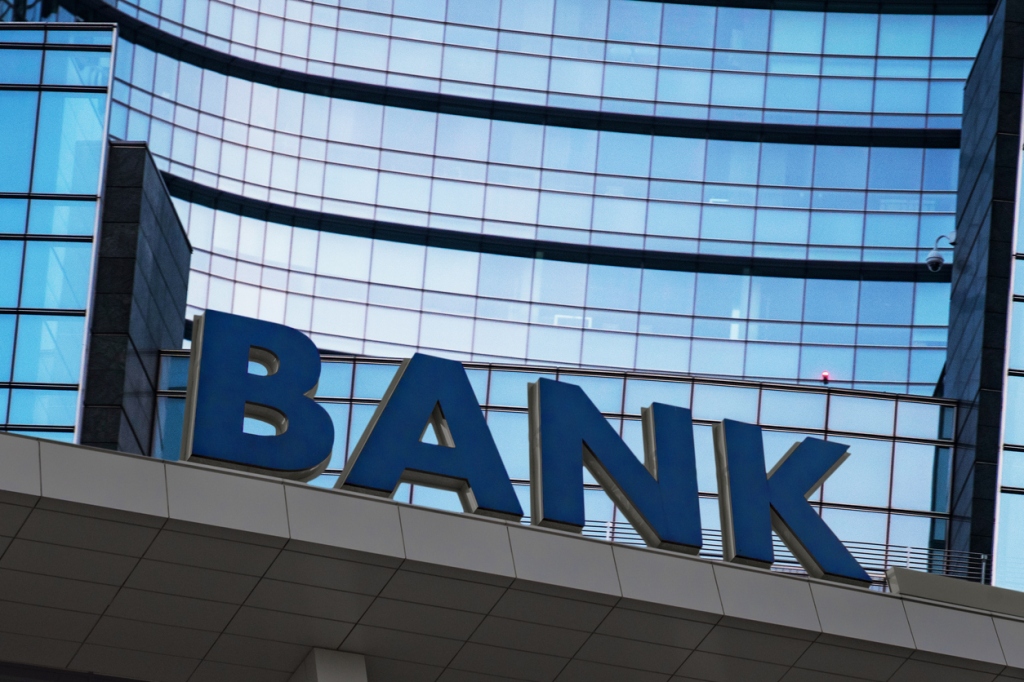View Sale Announcement Detail


Archived news

As the Fed pushed up interest rates to slow the overheated economy, financial institutions braced for the inevitable – rising delinquency rates in their loan portfolios.
That certainty has reached an inflection point. The proof appears in third-quarter earnings reports arriving in October that show charge-offs mounting for small to large banks.
"Across the board, the potential for loan delinquencies is the No. 1 concern," Tim Scholten, founder and president of Visible Progress, a community bank and credit union consultancy, told The American Banker. "More challenging credit times are ahead."
The first notable signs of weakness appeared in the second quarter. The charge-offs on net CREs increased four-fold over the previous year to $1.17 billion, S&P Global Market Intelligence reported. Then several banks reported they would be announcing more charge-offs in their third-quarter earnings reports.
Among those pre-announcing charge-offs was Synovus Financial, Columbus, Ga. The $61 billion asset bank is expected to make a $23 million charge-off on a 10.75 percent participation in a $218.5 million syndicated credit. A previously announced sale of a $1.3 billion medical office CRE loan portfolio could lead to another net loss and charge-off.
While charge-offs remain low, the growing weakness in the CRE sector is expected to spread to other loan portfolios as credit quality continues to decline over the next 12 months. A second-quarter poll of bankers by S&P indicated that 40 percent expected CRE credit quality to deteriorate over the coming year, up from 26 percent in the first quarter.
ABA Chief Economist Sayee Srinivasan noted in a recent report that economists "are forecasting weak growth in household spending and business investment over the next four quarters before a modest pickup in the second half of next year".
If the Fed eases off on interest rate increases and the economy manages to avoid a recession or even a steep slide over the next couple of quarters, banks should be able to keep their charge-offs in a manageable range until credit quality improves as the economy rebounds.
Of course, this isn't banks' first rodeo. Their special assets departments have a general strategy for dealing with nonperforming commercial loans.
First, they sell their highest-value assets, which can bring in more than 90 cents on the dollar. That's as good as or better of a return than they can expect if they work the loans themselves. Plus, it provides immediate cash flow.
They also are selling their lowest-value assets, which have a poor prospect for recovery. These loans draw a low dollar price. However, the special assets department is not likely to do much better through diligent internal efforts.
That leaves them to focus on the intermediate assets. This is where their efforts are likely to yield a higher return than they could make by selling the loans. Oftentimes, these efforts lead to collecting say 70 percent on a large loan that would sell for only 40 percent on the market.
In today's regulatory market, handling these loan portfolio sales remains a challenge and can consume valuable time for financial institutions. Garnet Capital Advisors brings the experience as a partner to handle the sales properly. We put together the right buyer and seller to work to the advantage of both sides.
While our experts are locating the best buyer and handling the arrangements for your sale of loan portfolio assets, your special assets team can focus on collecting the loans you choose to keep.
Contact our experts to get started today, whether you are looking to sell loan assets or purchase.
Garnet Capital Advisors 500
Mamaroneck Avenue, Harrison, NY 10528
(914) 909-1000
info@garnetcapital.comGarnet Capital Advisors 500
Mamaroneck Avenue, Harrison,
NY 10528
(914) 909-1000